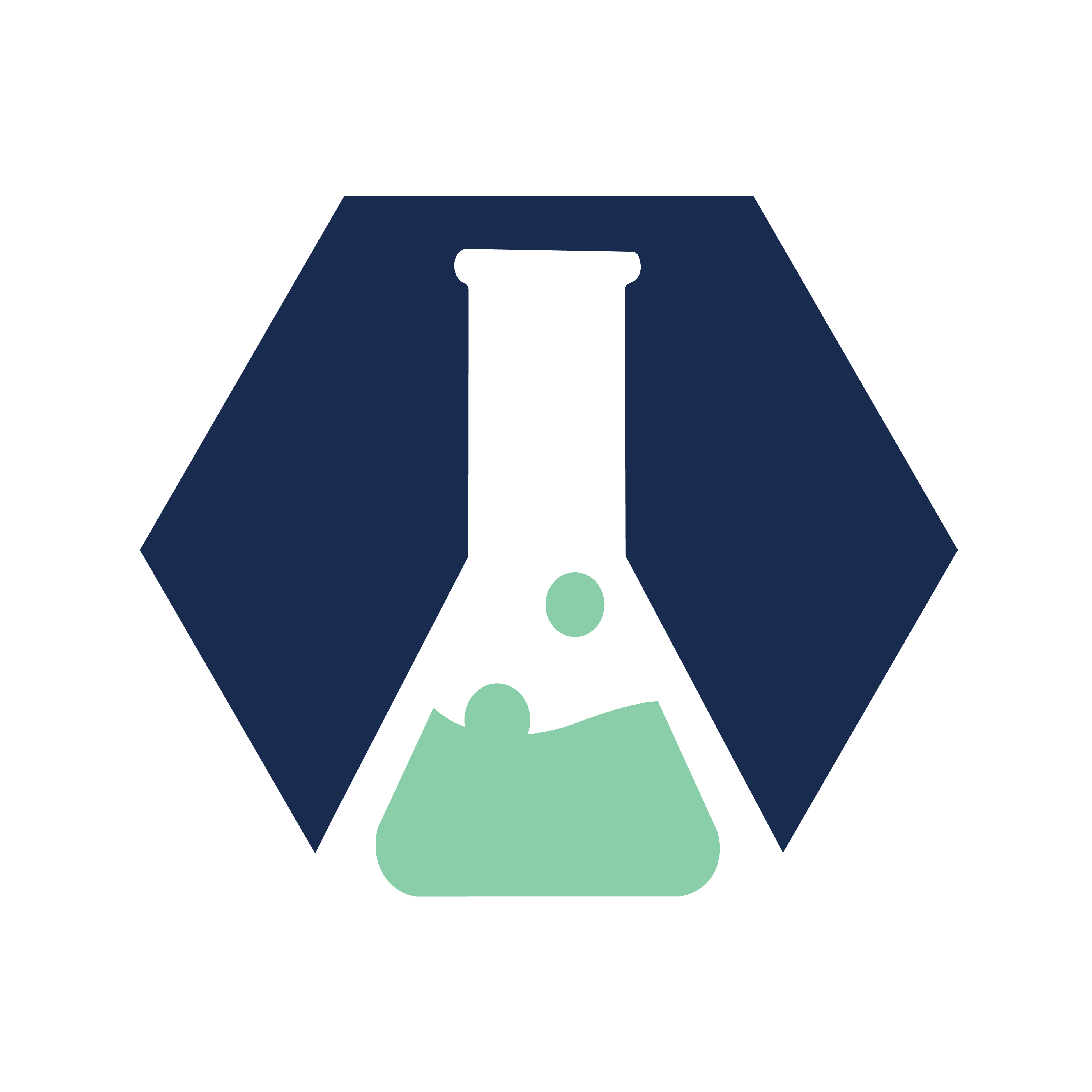Crushing the LOD Barrier: Designing Your HPLC Method for Maximum Sensitivity and Trace Level Analysis
- 2.0 Analytical Solutions

- Nov 7
- 3 min read
Simple tips to optimize method sensitivity in HPLC analyses

Understanding Method Sensitivity in HPLC
With limits and specifications continuing to lower for industries like pharmaceuticals and environmental testing, the analysis of chemicals at extremely low concentrations is no longer just a technical goal—it's a regulatory mandate and a critical factor for public safety.
This focus on trace analysis is essential because:
Protecting Patient Safety: Drug products must be analyzed for trace amounts of impurities, degradants, and genotoxic compounds that could pose a risk to health, even at parts-per-million (ppm) or parts-per-billion (ppb) levels. A failure to detect these "hidden" analytes can lead to product recalls or regulatory rejection.
Meeting Strict Regulatory Limits: Agencies like the EPA continuously lower the allowable limits for contaminants (e.g., PFAS, heavy metals) in water and soil. Analytical methods must possess the necessary sensitivity—the ability to reliably detect and quantify these low levels—to ensure compliance and environmental health.
Guaranteeing Product Quality and Authenticity: The presence of trace contaminants, such as allergens, pesticides, or unauthorized components, can compromise product quality and legal standing. Only methods with high sensitivity can provide the required assurance.
To create methods capable of meeting these low requirements, the primary goal is to maximize the signal-to-noise (S/N) ratio through optimization of the analytical process such as sample preparation, instrument configurations, and method parameters.
1. Sample Preparation and Injection
Utilize Sample Pre-Concentration Techniques
Sample pre-concentration techniques can be employed to enhance the sensitivity of HPLC methods. Techniques such as solid-phase extraction (SPE) or liquid-liquid extraction allow for the concentration of analytes from larger sample volumes into smaller volumes, thereby increasing the detectable concentration of the target analytes in the final HPLC analysis. This approach is particularly beneficial when dealing with complex matrices or low-abundance analytes.
Increase Injection Volume
Injecting a larger volume puts more mass of the analyte onto the column, which directly increases the signal. This approach should be balanced with other method parameters such as column dimensions and flow rate to maintain adequate pressure, peak shape, and keep appropriate resolution.
2. Select Appropriate Column and Particle Size
The choice of the HPLC column is fundamental to achieving optimal sensitivity. Columns with smaller particle sizes (e.g., 1.7 µm or 2.5 µm) generally provide higher resolution, increased efficiency, and improved sensitivity due to increased surface area for interaction between the analyte and the stationary phase. Furthermore, selecting a column with the appropriate stationary phase tailored to the specific properties of the analyte can significantly enhance retention and detection capabilities.
3. Optimize Mobile Phase Composition
The composition of the mobile phase plays a crucial role in the separation and detection of analytes. To enhance sensitivity, consider adjusting the ratio of organic solvents to aqueous components. For example, increasing the percentage of organic solvent can improve the solubility of non-polar compounds, leading to better peak shapes and enhanced signal response. Additionally, the use of additives such as ion-pairing agents or buffers can help to stabilize the analyte in solution, thus improving sensitivity.
4. Fine-Tune Flow Rate
Adjusting the flow rate of the mobile phase can also impact sensitivity. A slower flow rate may enhance the interaction time between the analyte and the stationary phase, leading to improved peak area and height. However, this must be balanced with the overall analysis time, as excessively low flow rates can lead to longer run times. Finding an optimal flow rate that maximizes sensitivity while maintaining reasonable analysis times is key.
5. Implement Detector Optimization
Detector settings play a vital role in method sensitivity. For instance, in UV-Vis detection, selecting the appropriate wavelength for detection based on the analyte's absorbance characteristics can lead to significant improvements. Additionally, using a longer path length flow cell can increase the amount of light absorbed by the analyte, enhancing sensitivity. Regular maintenance and calibration of the detector are also essential to ensure optimal performance.
6. Ensure Proper Sample Handling and Preparation
Proper sample handling and preparation are critical for maintaining the integrity of the analytes and enhancing sensitivity. Minimizing sample degradation through careful storage conditions, such as temperature control and protection from light, can prevent loss of analytes. Additionally, filtering samples to remove particulates and using appropriate dilutions can help to reduce matrix effects that may interfere with detection.
7. Validate and Optimize Method Parameters
Finally, it is essential to validate and continuously optimize method parameters to ensure consistent sensitivity. This includes performing system suitability tests, assessing signal-to-noise ratios, and conducting repeatability studies. By regularly reviewing and optimizing method parameters, analysts can adapt to changes in sample composition or instrument performance, ensuring that sensitivity remains at an optimal level.
Conclusion
Improving method sensitivity in HPLC analyses is a multifaceted approach that involves careful consideration of various factors, including sample preparation, instrument configuration, and method parameters. By implementing these simple yet effective strategies, analysts can significantly enhance the sensitivity of their HPLC methods, leading to more reliable and accurate analytical results.


Comments